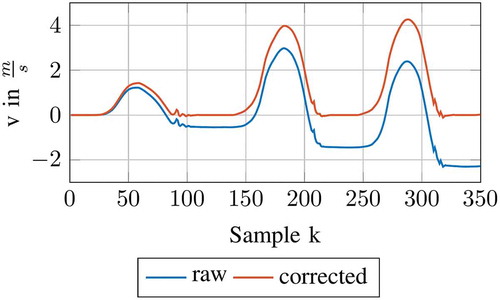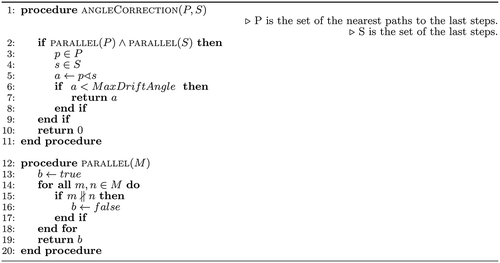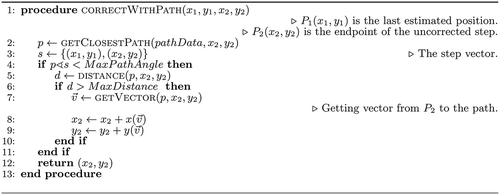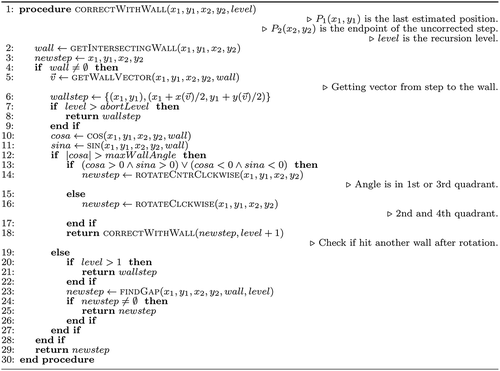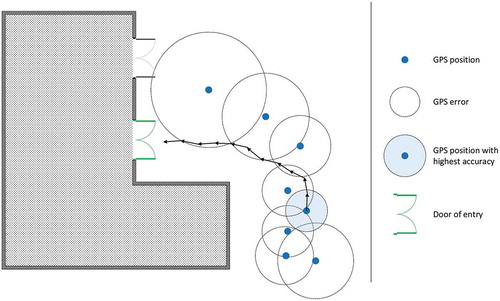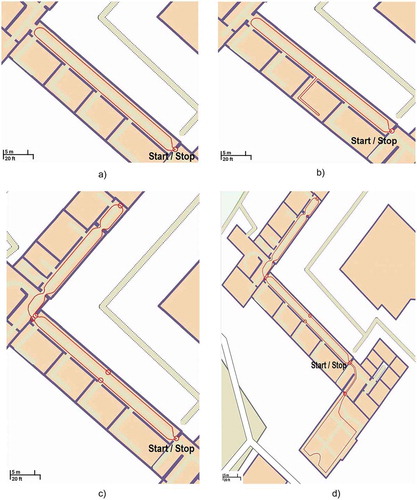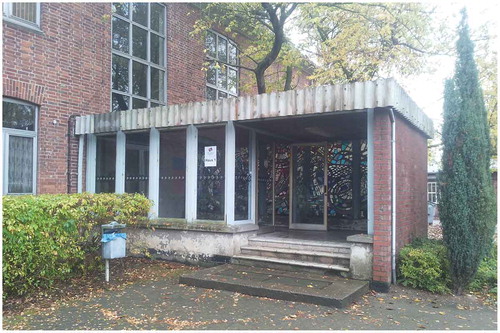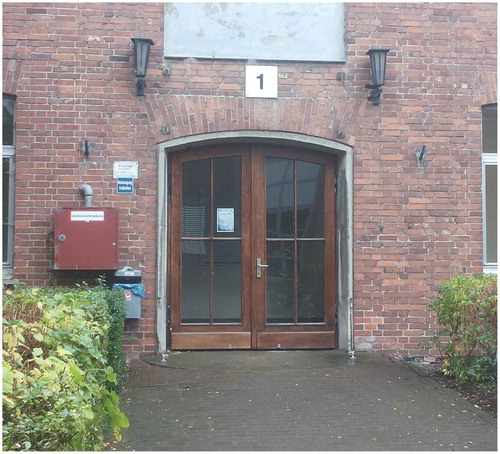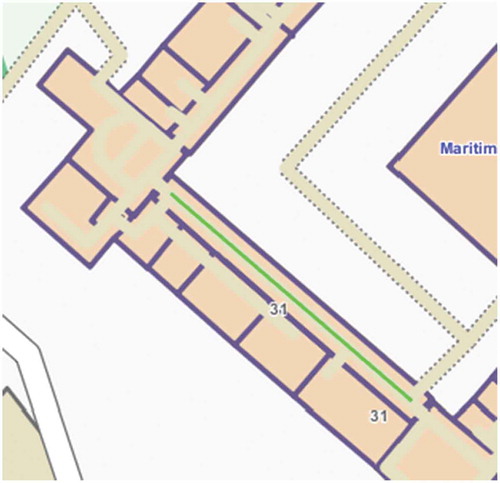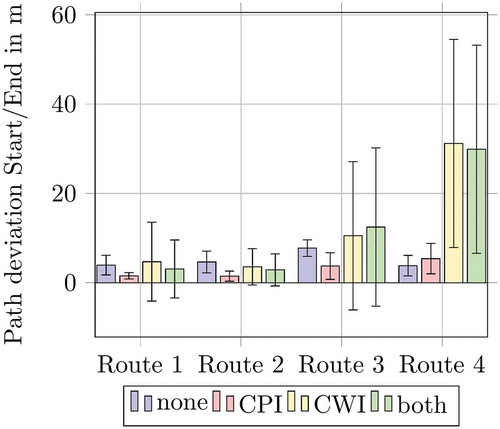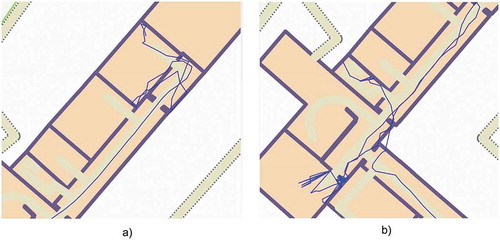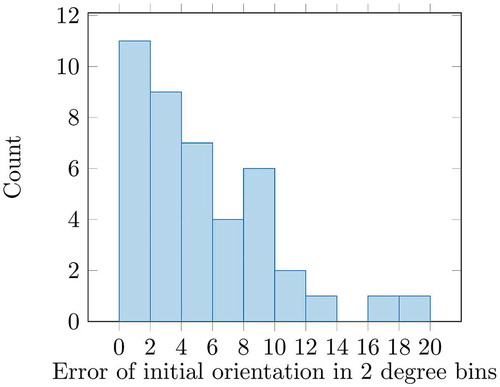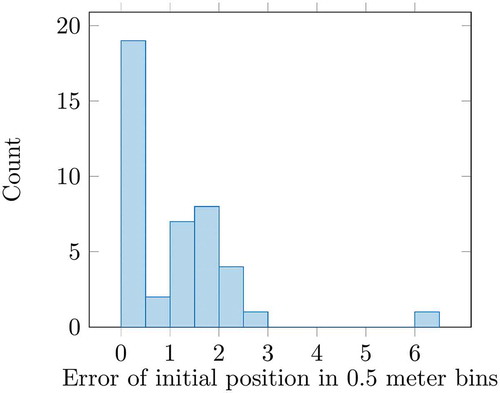Figures & data
Figure 2. Detection of stand intervals using the signal energies of acceleration and angular rate with a foot mounted sensor.
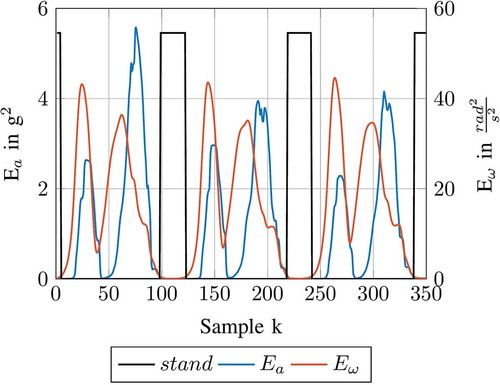
Figure 6. Correction using Path Information with as the orientation and
as the distance of a step relative to a nearby path.
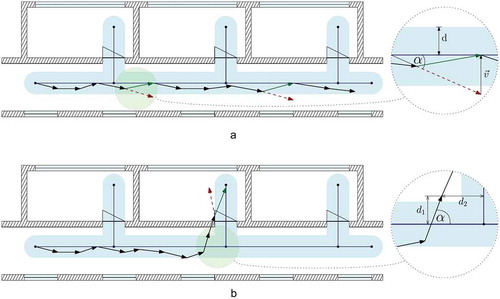
Figure 9. Correction using Wall Information with intersection angle . Acute angles lead to a search for gaps while shallow angles result in reflection.
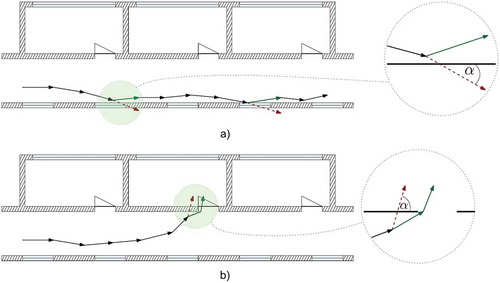
Table 1. Accuracy results, measured as the distance between the start and end point, relative to route length. Accuracy improvements are highlighted.


